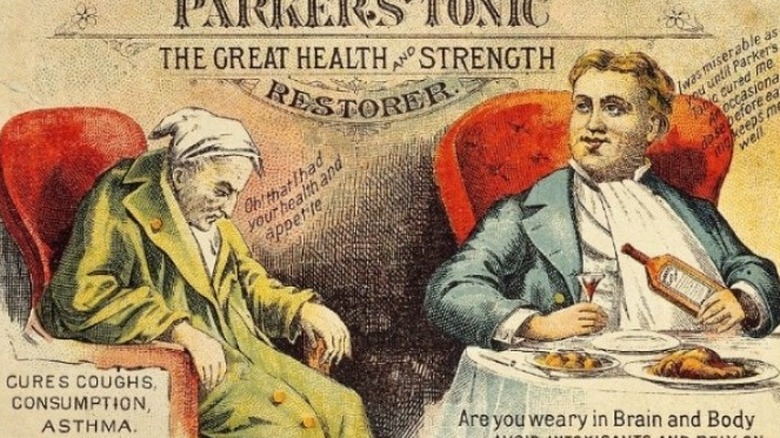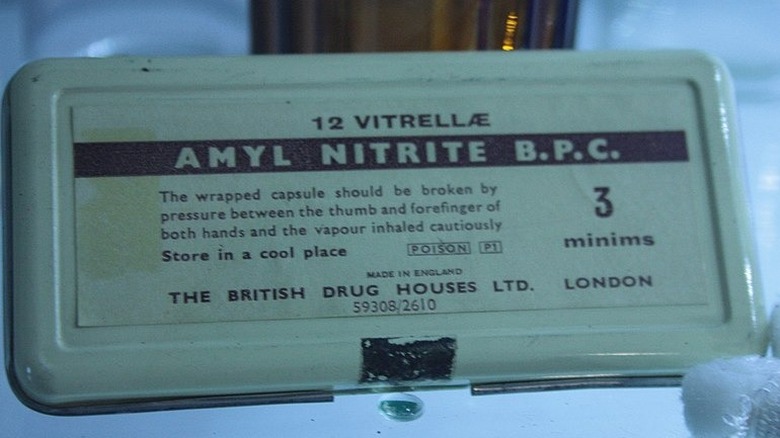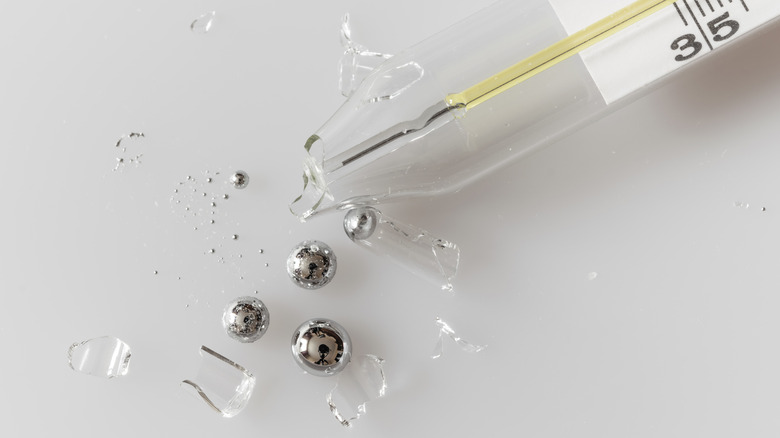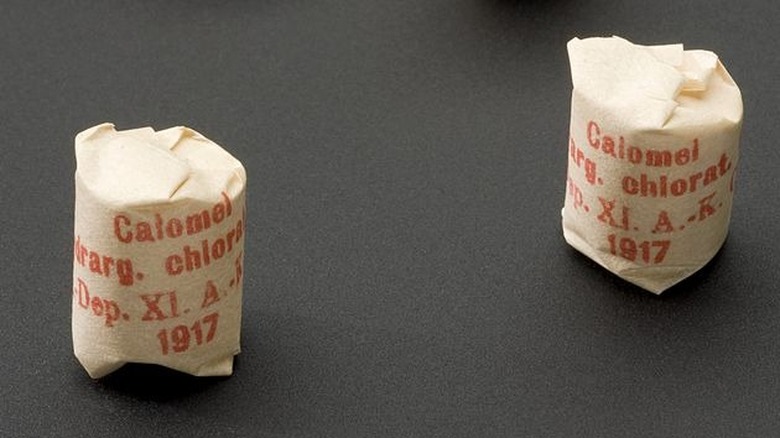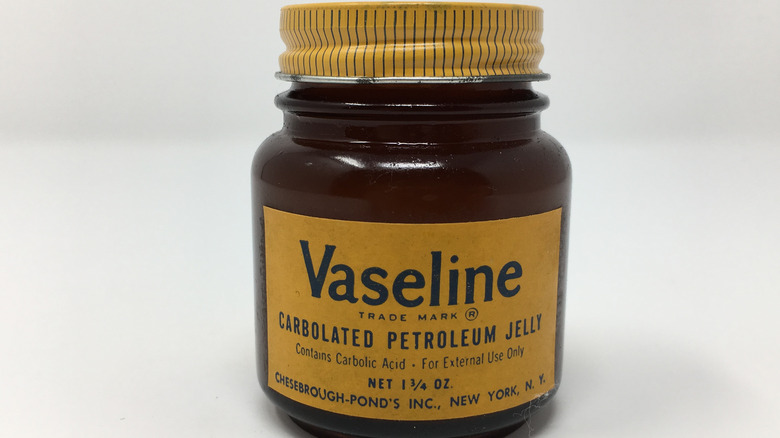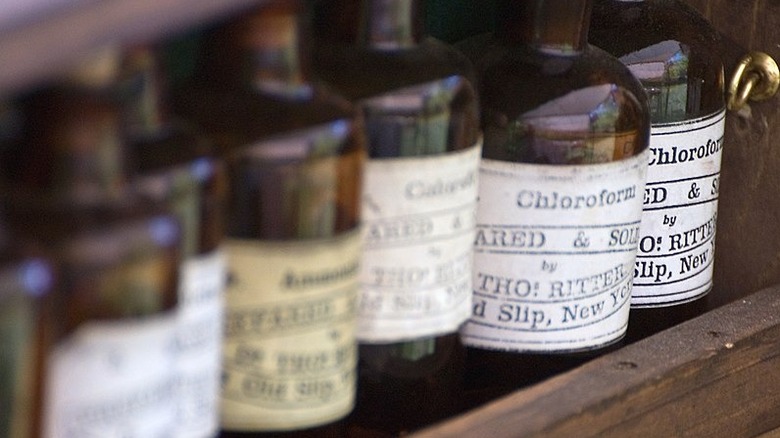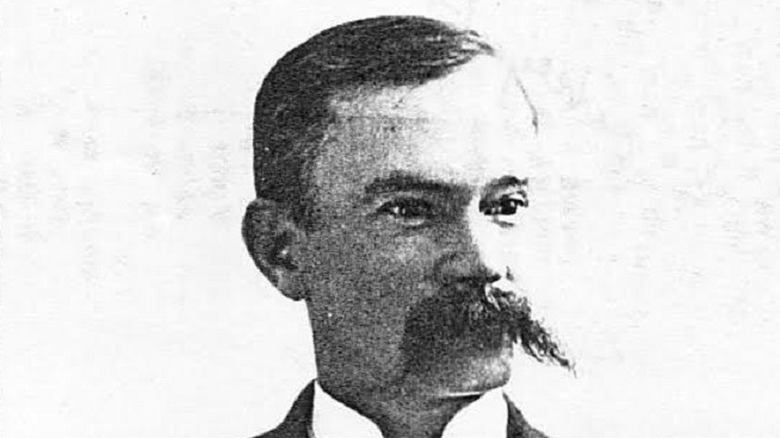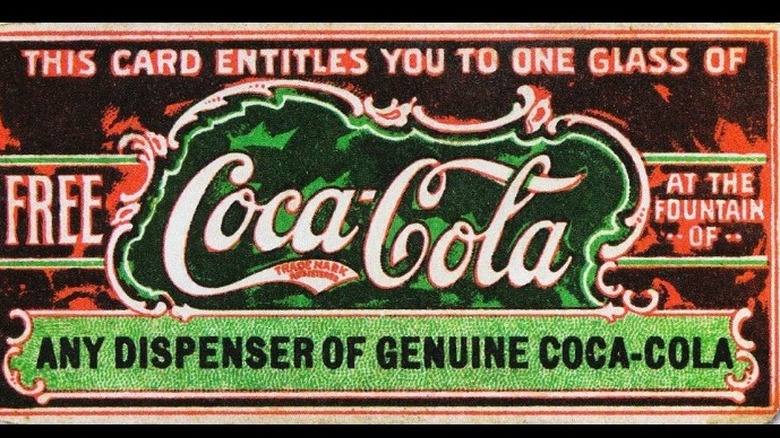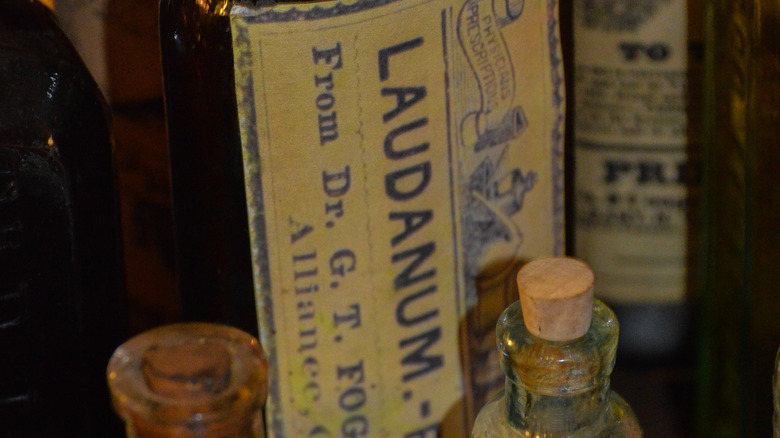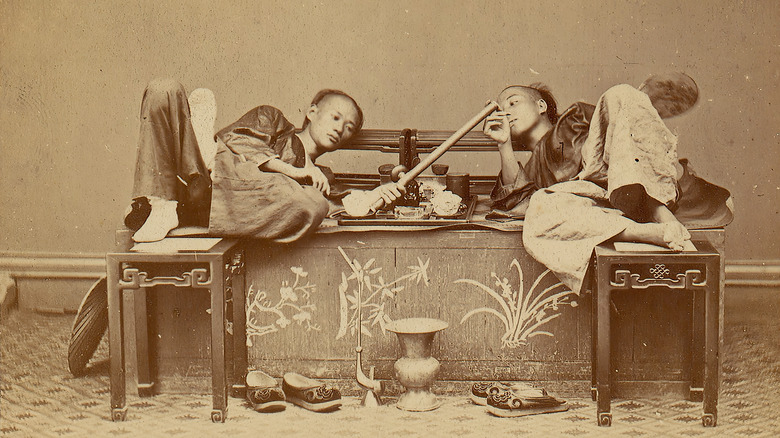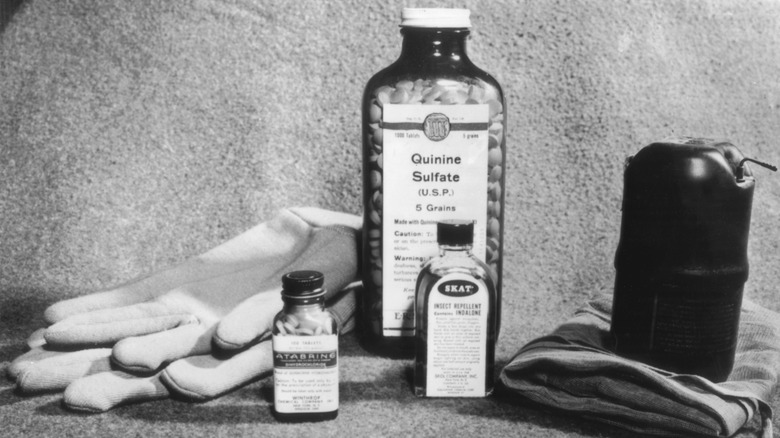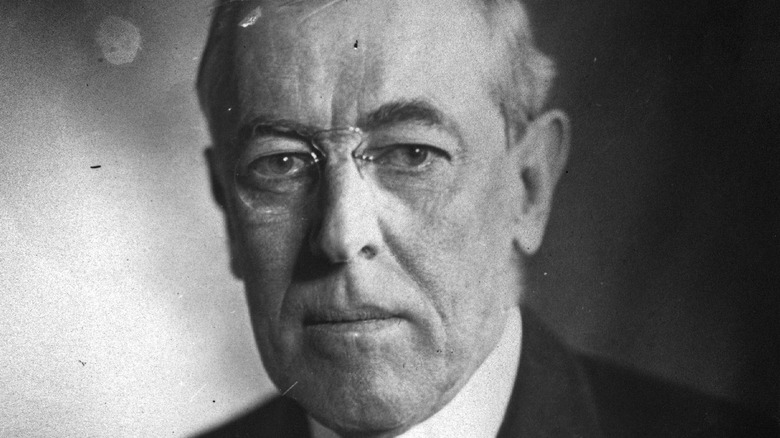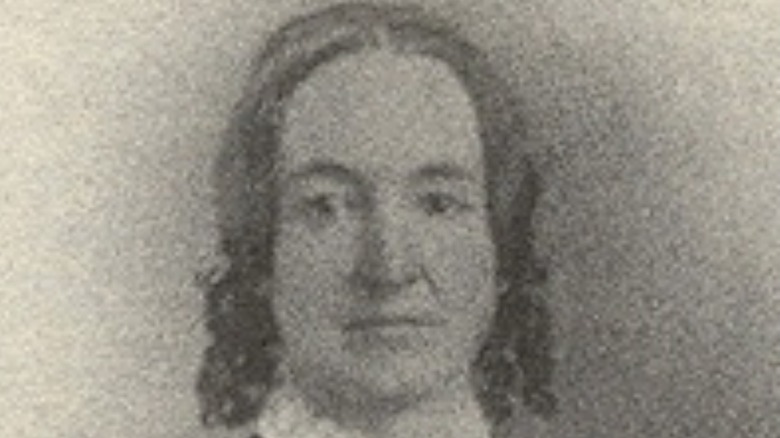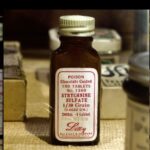
The Most Dangerous Drugs Throughout History
There have been a lot of changes in the drug industry through the centuries, and it’s no wonder, given that science is ever evolving and finding ways to combat pain and maladies. Did you know, for instance, that ketchup was once considered medicine? That’s right. in 1834, Dr. John Cooke Bennet changed the recipe that originally contained mushrooms or fish and added tomatoes to combat such health issues as diarrhea and indigestion, and even jaundice and rheumatism, says Ripleys. Also, aspirin as it is known it today was not even introduced until 1897.
For centuries, as science searched for significant cures and relief for various ailments, the lack of proper painkillers and remedies led to the use of “patent medicine,” which The Smithsonian describes as a variety of mysterious and sometimes harmful formulas in pill or liquid form that were available without a prescription. On the scientific front, meanwhile, the Food & Drug Administration has approved “so-called miracle drugs” in recent years that are no less dangerous. No wonder the world is still in what Shatterproof calls the “Opioid Epidemic,” with 192 people succumbing to overdoses every day as of 2019. So what are the most harmful drugs that have been used in the past? Read on for a quick history of the most dangerous drugs throughout history.
Alcohol was once deemed a therapeutic painkiller
According to Medscape, alcohol’s origins began in China circa 7000-6000 B.C.E. Although it was primarily used as a medicine for “blood ‘warming’ and ‘vitalizing,'” by 2700 B.C.E. countries like Babylonia, Greece, and South America were coming up with their own fermented refreshments for fun and pleasure. And while the Greeks warned against over-imbibing, drinking clubs were present in Greece and Rome by 1600 B.C.E., says Whiskey Advocate. Over in England meanwhile, alcohol remained in use by doctors during the 16th century. The Good Humour Club of the 18th century, however, was a drinking club created for prominent men who jokingly referred to each other as “Doctor,” whether they were one or not.
By the 19th century, the dangers of alcohol addiction were at the forefront across the world. Enter the Woman’s Christian Temperance Union (WCTU) in Ohio in 1874, which focused on labor laws and prison reform but also prohibition of alcohol. The ladies won their battle in 1919, when Congress banned “the manufacture, sale and transport of alcoholic beverages.” But liquor remained available for medicinal or religious purposes, and bootlegging was a lucrative backwoods trade until prohibition was repealed in 1933. These days, it is guessed that upwards of 15 million Americans are alcoholics.
Amyl Nitrate and Nitrite cause a wealth of problems
San Diego Treatment Center explains that amyl nitrate is a fuel additive, and amyl nitrite was made for treating angina — but they are both viewed as the same drug. Now known as amyl, jungle juice, leather polish, poppers, and a bevy of other names, amyl nitrite was first used as a heart medicine in 1844, says Very Well Mind, because it widens the blood vessels. These days amyl is better known as a party drug that causes a brief, giddy, and intense high that lowers inhibitions while temporarily increasing the libido.
While the high of poppers is short, the health risks are long and many, according to Medical News Today. Ingesting poppers can cause headaches, respiratory issues (because they are usually inhaled), skin lesions, and can lead to glaucoma. Usage can also cause fatigue, hallucinations, memory loss, nausea, and nosebleeds. And let’s not discount the chance of a rapid heartbeat, leading to asphyxiation, heart failure, and stroke. Yet the drug remains legal. In fact, in 2018 Australia overturned its decision to make poppers a prescription drug, citing possible discrimination against the LGBT community, who historically have been users, by “banning a substance with such a low risk profile.”
Mercury, the cure that can kill you
According to the EPA, mercury, a silvery liquid substance, is a “naturally-occurring chemical element” on Earth. As early as the 15th century, it was used to cure syphilis in Europe, and its use eventually spread to other countries including the United States. Since then mercury has found quite a few uses, including the mercury thermometer, which was invented in 1714 by Gabriel Fahrenheit and became popular for its accuracy. But have you ever accidentally broken a mercury thermometer? DNA India explains that mercury will form small balls before vaporizing at room temperature which, if inhaled, attacks certain organs. That can be fatal, says the World Health Organization.
In spite of its dangers, mercury continued to be used in skin ointments, as well as the gold mining process during the 19th and 20th centuries. Especially vulnerable are children, says Healthline, whose brains can be affected causing developmental issues. And although many U.S. states have banned the sale of mercury thermometers, the element is still present in barometers, blood pressure readers, gas pressure regulators, thermostats, and even some seafood. The New York State Departments of Health and Environmental Conservation advises that if a mercury spill in the home is more than the size of a pea, evacuate children and pets, isolate the area, and call a professional to clean it up.
It took a long time to see the dangerous effects of calomel
Between the 16th and 20th centuries, doctors used calomel, an “odorless white powder” that actually contains mercury. In America Dr. Benjamin Rush, a friend to Thomas Jefferson, became famous during the 1770s for his “purge inducer,” which was made with calomel to evacuate the bowels. It worked well enough, except for patients who developed “heavy salivation, bleeding gums, mouth sores, tooth loss,” and other unpleasant side effects. As early as 1822 Samuel Thomson warned of the dangers of administering the stuff, which is harmful and potentially fatal if it is inhaled or swallowed.
Unfortunately, by 1825 a number of compound medicines contained mercury — calomel in particular was used to treat malaria and yellow fever, according to the West Journal of Medicine. But it was nearly a century before the truth about calomel came out. Even then, the drug remained in use. Not until 1948 did a Cincinnati doctor recognize that children treated with calomel for constipation and teething developed what he called “Pink Disease,” but 585 kids in England and Wales would die before the drug was officially recognized as the culprit.
Carbolic Acid went from antiseptic to suicide tool
The National Cancer Institute defines carbolic acid as a “very poisonous chemical substance made from tar,” which is also found in certain plants. Although it is now used for making plastic, its discovery in 1834 by Friedlieb Runge heralded it as ideal to delay the decay, and stink, of dead bodies. Indeed, carbolic acid was so strong that it helped deodorize the sewage during London’s “Great Stink” of 1858. A short time later, Jules Lemaire found that carbolic acid could also be used to treat infections of the skin.
Carbolic acid became even more widely used as a disinfectant during the Civil War, and after Joseph Lister extolled its use for dressing wounds in 1867. By the 1890s, says The Cowkeeper’s Wish, it was amazingly easy and cheap to obtain the stuff “from any hucksterer, [sic] oilman or druggist.” Notably, ingesting carbolic acid would result in death, leading it to become a popular form of suicide among prostitutes and others, especially women. But it was an agonizing way to die. In 1898 when the Los Angeles Herald reported on the suicide of Gladys Harris, it was noted that she suffered from burns.
If you or anyone you know is having suicidal thoughts, please call the National Suicide Prevention Lifeline at 1-800-273-TALK (8255).
Chloroform was initially used as a pesticide
In 1831, American chemist Samuel Guthrie decided to try mixing whiskey with chlorinated lime to create “a cheap pesticide.” Some 15 years later a Scottish doctor, Sir James Young Simpson, also found the said pesticide useful as an anesthetic. Chloroform was born. The drug became particularly useful during the Civil War as amputations and surgeries were performed in the field. Interesting Engineering says that in the north alone, only 254 operations out of 80,000 were performed “without anesthetic of any kind.” But too much chloroform can also paralyze the lungs, leading to death.
Anesthesiology explains that the first chloroform-related death occurred in 1848 in the United Kingdom, when 15-year-old Hannah Greener died after being put under to remove a toenail. Greener had been put under before, but this time Dr. Thomas Meggison gave her too much and tried to revive her by giving her brandy, which might have contributed to her death. Today, the CDC warns that chloroform, which is used in everything from paper mills to landfills, is potentially harmful to the eyes, certain organs, and the nervous system.
Chloral Hydrate was first used as a fertilizer
In 1832, German scientist Justus von Liebig was apparently just trying for a greener lawn when he invented chloral hydrate, making him “father of the fertilizer industry.” Over 30 years later, the drug was found quite handy for “hypnotic or sedative purposes,” notes a 2002 article in Enchaphale. But chloral hydrate could be used for other purposes too. Ever heard the phrase to “slip a Mickey” to someone? That dates to Chicago’s saloon owner Mickey Finn during the early 1900s, who added a substance into his customer’s drinks to knock them out so he could rob them. Chemistry World’s Brian Clegg theorizes the drug was chloral hydrate.
The trouble with chloral hydrate is that while it was widely used in pediatrics as late as the 1990s, it can cause “ventricular dysrhythmias and severe hypotension,” which is potentially fatal. The Institute for Safe Medication Practices cites eight deaths, all children, from using the drug between 1996 and 2009. France all but stopped using the drug after 2000, noting that chloral hydrate “can be used as a pediatric sedative only once in a lifetime.” And since 2012, the FDA has stopped approving the drug in medications, while drug makers have “voluntarily” removed it from the shelves.
Cocaine really was once an ingredient in Coca Cola
History notes that centuries ago, Indigenous peoples of South America found chewing on the leaves of the coca plant increased energy and made them feel good. By 1551 the Catholic Church down there claimed the habit was “undermining the spread of Christianity” and talked the Peruvian government into prohibiting its use. Much later, a German chemist was able to turn the stuff into a white powder as a French chemist created the “Vin Mariani” cocktail using wine and coca leaves to “restore health and vitality.” And then came Coca-Cola in 1885, which Snopes verifies originally contained coca leaf extract.
By 1891 Coca-Cola had reduced the amount of cocaine to “a mere trace” as it became popular for use in the medical field. But cocaine is highly addictive whether it is snorted, smoked, rubbed on the gums, or injected, says the National Institute on Drug Abuse. Also, drug dealers are not above adding cornstarch, flour, or talcum powder to make more money selling it. Cocaine overdoses are not uncommon. Mission Harbor Behavioral Health says that “deadly arrhythmias and cardiac arrest” due to cocaine usage accounted for 19% of deaths by overdose during 2017.
If you or anyone you know is struggling with addiction issues, help is available. Visit the Substance Abuse and Mental Health Services Administration website or contact SAMHSA’s National Helpline at 1-800-662-HELP (4357).
Laudanum combines opium with alcohol
Invented in the 16th century by an alchemist known as Paracelsus, laudanum is made by mixing opium with alcohol. A century later, says Mental Floss, Dr. Thomas Sydenham began advertising the drug “as a cure-all.” Even Alexander Hamilton was prescribed laudanum as he lay dying after he was shot by Aaron Burr in 1804. By the time of the Victorian era, laudanum was all the rage. Why was laudanum so popular? For one thing, it was inexpensive and said to cure myriad conditions, including coughs, diarrhea, fussy babies, gout, headaches, rheumatism, and “women’s troubles.” It could even be applied to sprains.
In addition, laudanum was available everywhere from pharmacies to pubs, grocery stores to confectioners. WBUR says that even children were permitted to purchase it on behalf of an adult — but it was highly addictive. Today, laudanum is seldom used, says The Recovery Village, and “safer and more sophisticated opiate medications” have replaced it. But they are addictive too.
Opium is made from white poppies
Because it is easy to extract opium from white poppies, the drug has been popular for centuries. A 2005 report in Dan Medicinhist Arbog dates its use clear back to 2100 B.C., placing it on “the world’s oldest recorded list of medical prescriptions.” The Recovery Village rightfully theorizes that opium is popular because it gives the user a simultaneous sense of euphoria and pleasure while blocking pain and providing anti-depressant qualities. It can also be used to make heroin, oxycontin, Vicodin, and other drugs.
Hard research of opium first began during the early 1800s. In America, Chinese immigrants during the 1849 gold rush brought it with them, says History, and before long opium dens became all the rage all over the West. It became such a problem that San Francisco was the first city to regulate opium in 1875. Medically speaking, opium has been so widely used that it is now a big problem. As of 2014 nearly 1 million Americans were using it, and, according to NSC, there seems to be no end in sight.
Morphine has been a painkiller for centuries
Like opium, morphine is also made from white poppies. According to News Medical, India was the chief producer of opium in 1773 when Britain took control of the country and began trading the drug with China. Then, in the early 1800s, Friedrich Wilhelm Serturner found a way to make morphine from the stuff, naming it after Morpheus, the Greek god of dreams. It soon became a wonder drug used to treat not just pain but also asthma, delirium tremens, headaches, menstrual cramps, and stomach problems, says Smithsonian. By 1895 one in 200 Americans was a morphine addict.
Morphine remains very much in use today under other names — like heroin and fentanyl for instance, which is mostly unregulated in America. Drug Policy cites other regulated drugs chemically similar to morphine, including Buprenorphine, Hydrocodone, Methadone, and Oxycodone, but it is the illegal derivatives that led to more overdose deaths beginning in 2013. Talbott Campus says small doses, 20-30 milligrams, of morphine are still administered by doctors and can cause disorientation, a fast or slow heartbeat, insomnia, and stomach issues. Addicts, meanwhile, generally use “over two grams a day,” but as much as 200 milligrams can result in a fatal overdose.
Quinine is used in cocktails, but too much can be fatal
Quinine dates back to around 1640 when it was found that “quina-quina” bark was an effective treatment for malaria, which is caused by mosquitoes. In 1820 two French pharmacists were able to fine-tune the bark to create today’s quinine. Today, cocktail drinkers may recognize quinine as the chief ingredient in tonic water, although the amount of the drug is “significantly below” that of anti-malaria drugs, says Baton Rouge General. And while the myth of using tonic water and zinc to prevent or cure COVID is just that, drinking a gin and tonic cocktail (in moderation of course) can be beneficial — mostly because gin is made with juniper berries, which Business Insider says can be good for you.
Notably, quinine can also be used to help leg cramps. But using quinine in larger doses can cause a host of bad side effects. RX List cites dozens of adverse effects on the blood, brain, ears, eyes, heart, lungs, muscles, and stomach from overdose. It can even cause blindness and death — in 1988, doctors A.M. Coldenberg and L.F. Wexler reported on a 24-year-old man who died by combining quinine with Hydrochlorothiazide (a blood pressure medication).
Phenobarbital was invented to combat epileptic seizures
Phenobarbital is relatively new when compared to other dangerous drugs through history. It was invented in 1912 to combat epilepsy, a serious neurological disorder that can cause traumatic seizures. But phenobarbital is classified as a barbiturate, which Alta Mira Recovery explains is a sedative to calm the body and causes sleepiness. Because of this, phenobarbital can be misused for the “feeling of relaxation” it gives. And, it can be addictive.
According to American Addiction Centers, addiction to phenobarbital is dangerous because users will eventually want more and more of the drug “to achieve the same effect.” Mount Sanai cites signs of an overdose as blisters or a rash, breathing problems, coma, delirium, headache, heart and/or kidney failure, sleepiness, slurring of the speech, and an “unsteady gait.” In fact around one in 10 phenobarbital overdoses is usually fatal, and even withdrawal from the drug can be threatening.

The Surprising Way Ellis Island Was Used During World War I And World War II

The Truth About Hollywood's Oldest Living Star

Why William Shakespeare May Have Been Involved In Organized Crime

The Real Reason Amish Men Have Beards

The Truth About Sherlock Holmes' Mailbox

The Untold Truth Of Nestorianism

What You Didn't Know About The Sonny And Cher Comedy Hour
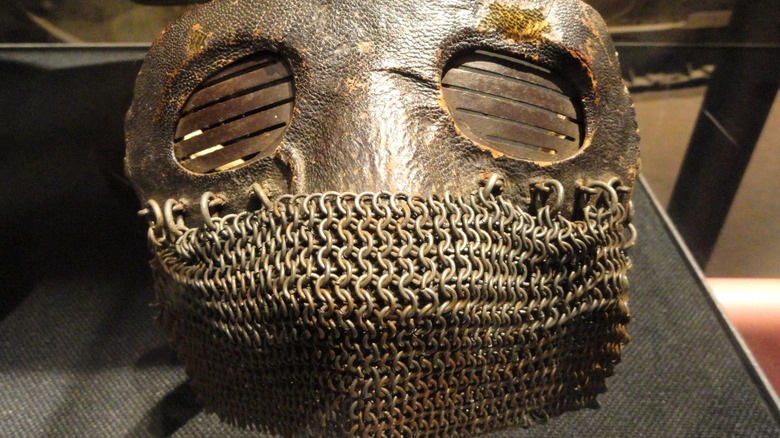
The Most Bizarre Weapons Used By Soldiers In War

Here's What It Was Like For Prisoners In Ancient Greece

Artists Who Were Ahead Of Their Time
